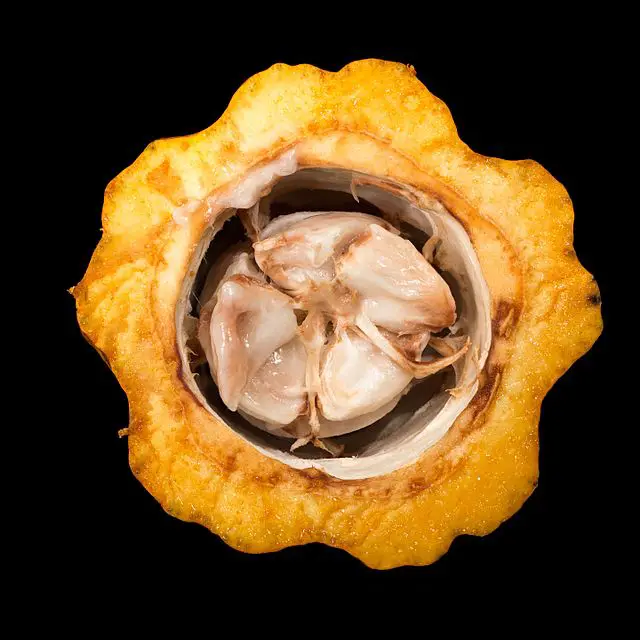Liquid Gold and Blood: How the Aztecs Turned Chocolate Into Power
Before it was a sweet treat wrapped in foil, chocolate was sacred. Bitter. Powerful. And maybe even deadly.
A World Where Chocolate Wasn’t Candy
Let’s start with this: if you offered an Aztec noble a Snickers bar, he might be horrified. Not because he didn’t like chocolate, but because you just defiled a sacred drink by drowning it in sugar and dairy.
For the Aztecs, cacao wasn’t dessert. It was currency. It was ritual. It was fuel for warriors and gods. In fact, chocolate, or rather xocolatl, wasn’t even sweet. It was ground cacao mixed with chili, cornmeal, and water. Thick. Fiery. Intense. And if you drank it, you were doing more than hydrating, you were entering a spiritual contract.
Money Grows on Trees?
Cacao beans were so valuable in Mesoamerica that they were used like money. A rabbit might cost 10 beans. A slave? About 100. That’s right, you could literally buy a human being with chocolate. Which, when you think about it, is as dystopian as it is fascinating.
The Aztecs didn’t grow cacao in their high-altitude capital of Tenochtitlán. They demanded it as tribute from conquered territories in the lowlands. Think of it as a divine tax. You rule a region? Cool. Now send us thousands of cacao beans each year or face the wrath of our jaguar warriors.
Chocolate, But Make It Religious
Here’s where things get intense. Cacao wasn’t just for kings and warriors. It played a role in blood sacrifices. Victims would sometimes drink it before being offered to the gods. Some accounts even suggest cacao was mixed with blood, creating a kind of sacred cocktail that blurred the line between food and ritual.
The god Quetzalcoatl was believed to have gifted cacao to humanity. So, drinking it wasn’t just tasty, it was a way of honoring the divine. But only the elite could afford to sip it regularly. For commoners? Not so much.
Battle Juice for the Elite
Aztec warriors drank cacao before battle. Think of it as their version of pre-workout, but far more poetic. It was supposed to give strength, focus, and courage. No artificial flavors, just roasted beans and the looming pressure of death.
Even emperors used chocolate politically. Montezuma II reportedly drank dozens of cacao cups a day to boost virility and command presence. Was it effective? Who knows. But the message was clear: cacao is power.
Then Came the Conquistadors
And everything changed.
When the Spanish arrived, they were horrified and fascinated. Initially, they found cacao too bitter, too alien. But once they added sugar and cinnamon? Game over. Europe fell in love with chocolate, stripped it of its ritual, and commercialized it. By the 17th century, chocolate was being sipped in Versailles.
The Spanish didn’t just take the beans. They took the meaning. What was once sacred became trendy. What was once an offering to the gods became an after-dinner treat.
Bitter Truths and Sweet Reminders
It’s easy to forget that the thing melting in your mouth once symbolized death, divinity, and empire. Chocolate isn’t just a snack. It has a lineage that includes war, ceremony, exploitation, and yes, even love.
So next time you pop a piece of dark chocolate and savor that rich, earthy bitterness, remember: you’re tasting history. And maybe, just maybe, a ghost of the divine.
Source:
1. Coe, Sophie D., and Michael D. Coe. The True History of Chocolate (Thames & Hudson, 2013)
2. Smithsonian Magazine: History, Cacao, and Aztecs

